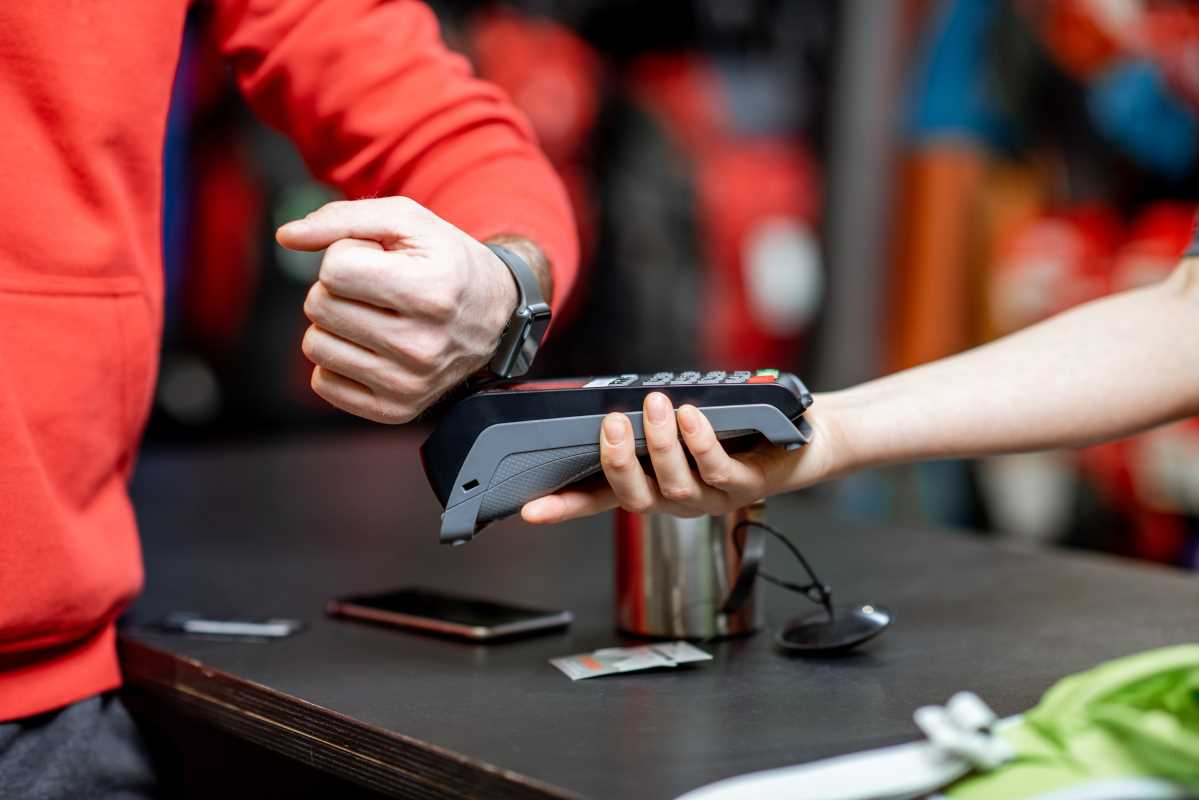Wearable technology has become a staple in the health and wellness industry, with devices tracking everything from steps to sleep. Among the many options available, the Oura Ring stands out as a sleek, smart wearable designed to monitor key health metrics while maintaining a minimalist appearance. Unlike traditional fitness trackers worn on the wrist, the Oura Ring is a lightweight, discreet piece of jewelry packed with advanced sensors. It promises insights into sleep quality, activity levels, recovery, and overall health. But with a premium price tag, the question remains: is the Oura Ring worth the investment?
What Is the Oura Ring?
The Oura Ring is a compact fitness and wellness tracker designed to be worn on a finger. Made from titanium, the ring is lightweight, durable, and waterproof, making it ideal for all-day wear. Its subtle design makes it look like a regular ring rather than a piece of tech, appealing to those who prefer a less obtrusive alternative to bulky wristbands or smartwatches. Inside the ring, there’s a range of sensors that track various health metrics, including:
- Heart rate and heart rate variability (HRV)
- Body temperature
- Respiratory rate
- Sleep stages and overall sleep quality
- Activity tracking and recovery
The Oura Ring collects data for a companion mobile app where users can view detailed reports, trends, and scores. This information provides a comprehensive view of health, helping users optimize their sleep, activity, and overall well-being.
Key Features and Benefits
The Oura Ring stands out for its unique focus on health and recovery rather than simply counting steps or calories. Its primary features offer several benefits to users:
1. Sleep Tracking
The Oura Ring is renowned for its advanced sleep-tracking capabilities. It monitors sleep duration, sleep stages (light, deep, and REM), and disturbances throughout the night. Users receive a daily Sleep Score, which highlights sleep quality and offers actionable suggestions to improve rest. Unlike wrist-worn devices, the ring’s position on the finger allows for more precise blood flow readings, making its sleep data particularly accurate. This focus on sleep is a major selling point for individuals looking to improve recovery and energy levels.
2. Recovery Insights
Recovery is just as important as activity when it comes to overall health, and the Oura Ring excels in this area. By analyzing heart rate variability (HRV), resting heart rate, and body temperature, it generates a Readiness Score. This score tells users how well their body has recovered and whether they’re ready for an intense workout or need to focus on rest. For athletes, fitness enthusiasts, or those managing high-stress lifestyles, this insight can help prevent burnout or overtraining.
3. Activity Tracking
While the Oura Ring is not primarily a fitness tracker, it does monitor daily movement, calorie burn, and step count. It sets activity goals based on a user’s recovery and readiness, ensuring a balanced approach to fitness. The app also provides reminders to move if you’ve been inactive for too long, encouraging healthier daily habits.
4. Body Temperature Monitoring
The Oura Ring continuously tracks body temperature and identifies trends over time. It can alert users to changes that might indicate illness or stress, allowing for early intervention. This feature can also help people with a menstrual cycle by tracking and identifying temperature shifts.
Advantages of the Oura Ring
One of the Oura Ring’s biggest advantages is its discreet design. Unlike larger fitness trackers or smartwatches, the ring is lightweight and stylish, making it easy to wear 24/7 without discomfort. This ensures users get continuous, uninterrupted health data. Another benefit is its impressive battery life. The Oura Ring can last up to 7 days on a single charge, far outperforming most smartwatches, which require daily charging. Its fast charging capability means it can be topped up quickly, minimizing downtime. The accuracy of its metrics—especially sleep and HRV tracking—sets it apart from competitors. By focusing on core health insights like sleep quality and recovery, the Oura Ring delivers value beyond step tracking, making it ideal for users looking to optimize overall well-being.
The Downsides of the Oura Ring
Despite its many advantages, the Oura Ring is not without drawbacks. One major concern is its price. At around $300 to $400, it’s a significant investment, particularly when other fitness trackers or smartwatches offer a broader range of features like notifications, GPS, or music controls. Oura Ring’s activity tracking capabilities are more limited than those of dedicated fitness devices. For example, it doesn’t track workouts in as much detail, which may disappoint users who focus heavily on exercise. Another limitation is that the ring requires a subscription fee to unlock full access to its app and features. While the ring itself is already a premium purchase, adding a monthly subscription may deter some users.
Who Should Buy the Oura Ring?
The Oura Ring is ideal for individuals who prioritize sleep, recovery, and overall wellness rather than detailed fitness tracking. It’s particularly well-suited for:
- People looking to improve sleep quality and understand their sleep patterns.
- Athletes and fitness enthusiasts who value recovery metrics.
- Busy professionals managing stress and needing insights into readiness levels.
- Individuals who prefer a stylish, discreet wearable.
For those who already own a smartwatch or fitness tracker, the Oura Ring can complement their existing devices by providing more accurate sleep and recovery insights.







